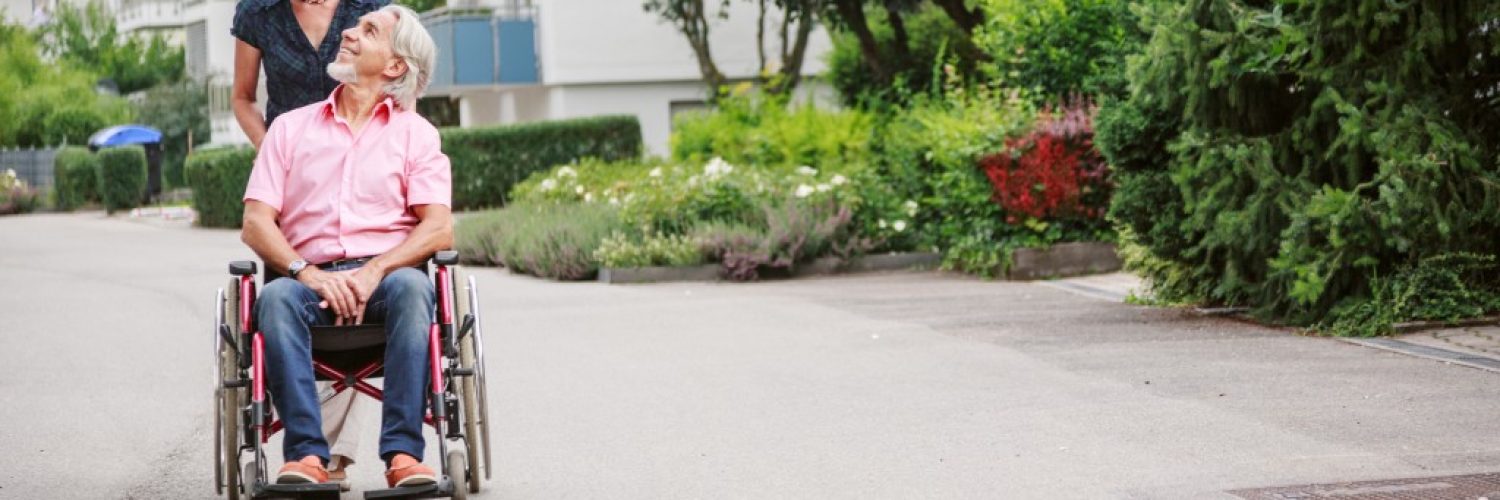Most seniors prefer to age at home instead of relocating to an elderly care facility. However, the problem with most homes is that, unlike elderly care facilities, they are not equipped and designed to be elder-friendly. So, if you have an elderly loved one that wishes to age in place at the comfort of their home, surrounded by family, it’s essential to make a few modifications to make it a safe and comfortable place for them. And since most of the elderly spend the majority of their time in the living room when at home, it should be a priority for homeowners to achieve an elderly-friendly living room.
Tables
Your choice of living room furniture can significantly affect the comfort and safety of your elderly loved one. First off, you may want to consider getting a taller coffee or living room table that won’t force the elderly to lean forward too much; leaning forward can be painful for those with joint issues or limited mobility range. You’ll also want to choose tables that have rounded edges to prevent injuries from bumping into sharp corners, and avoid glass-top tables altogether. Additionally, you should ensure that the layout of your tables (and other furniture and appliances) should allow for adequate maneuvering space and that there shouldn’t be any furniture near exits.
Seating
Having a recliner chair or leather recliner sofa won’t only spruce up your home in Singapore, but it can be quite useful to the elderly aging at home as they can help relieve joint pains, and can be utilized for sleeping when your elderly loved ones have conditions that require their legs to be elevated to promote better circulation. It’s also recommended to have additional pillows on sofas and chairs for additional comfort and to add ergonomic cushions on seats when needed.
Cabinets and Storage
Make sure that your living room storage options are easy and accessible; as with tables, they should be of appropriate height that won’t force the elderly to lean or crouch and should be easy to open. Store books and other living room items that the elderly might frequently use in tall shelves, and make sure that drawers have gliders to minimize effort and have handles that are easy for the elderly to grasp and pull. To avoid injuries from tip-overs, all standing shelves and bookcases should be fastened to the wall using safety straps.
Better Lighting
Good lighting is essential when you have an elderly loved one staying at home as it ensures better visibility and lowers the risk of tripping, slipping, and falling, especially for those that have deteriorating eyesight or other similar issues. There should be adequate lighting in hallways leading to/from the living room, and it’s also recommended to have light fixtures strategically placed for reading if your elderly loved one spends most of their time reading books and newspapers in the living room.
Floors

When you have an elderly loved one at home, it’s best to do away with throw rugs as they can be slipping or tripping hazards. Instead, go for carpeted flooring as they’re slip-resistant, or use rugs with non-skid liners and have them secured in place with tape or adhesives.
Grab Bars
If stairs are leading to/from the living room, it’s important to install grab bars on them to ensure safety and also facilitate your elderly loved one’s safety when traversing up and down the stairs.
Conclusion
Making your home’s living room elderly-friendly is a good starting point in turning your home into a safe and secure place, especially since seniors spend most of their time in the living room at home.

